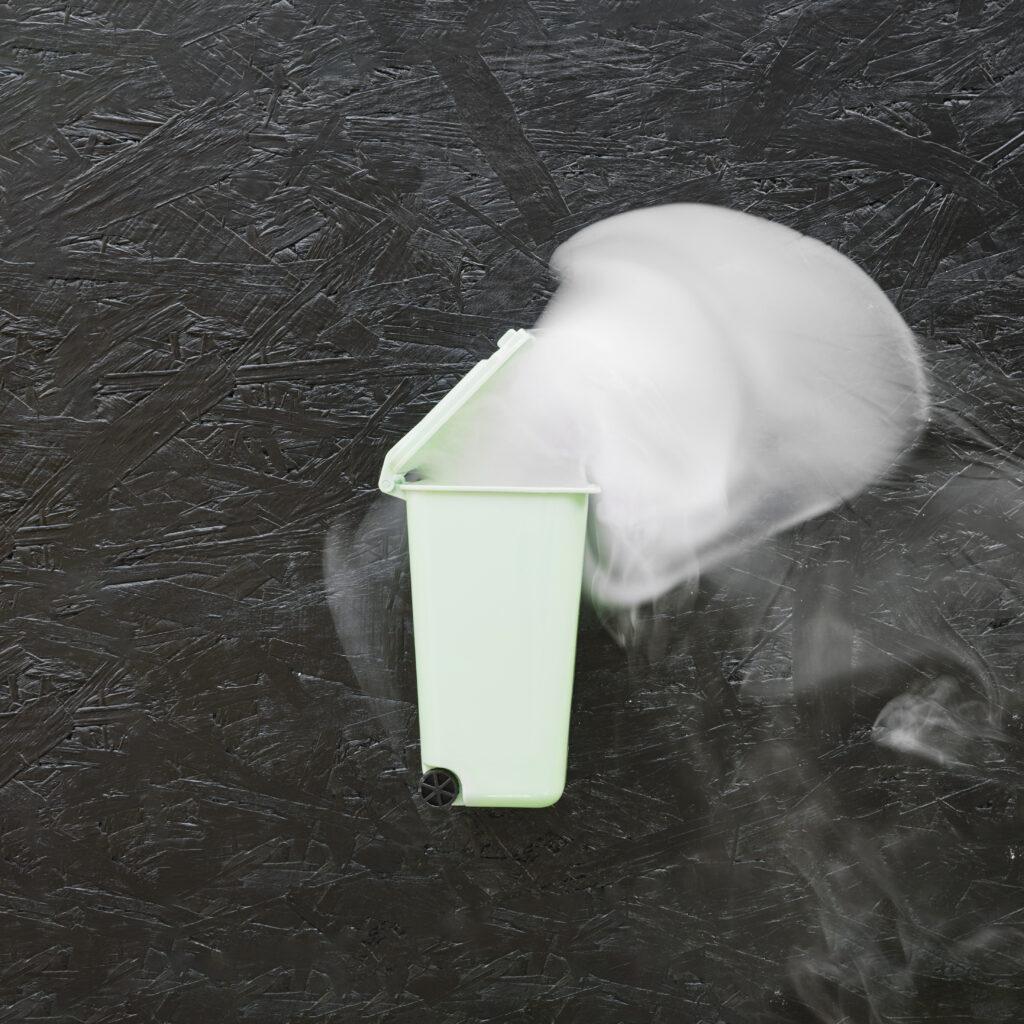Turning Trash Back Into Treasure: A Breakthrough in Plastic Recycling
For over seventy years, our world has been drowning in plastic. Since the 1950s, humans have created nearly 10 billion tons of plastic items – water bottles, shopping bags, food containers, and countless other products that make modern life convenient. Yet despite good intentions, only about 9% of all this plastic ever gets recycled. The rest piles up in landfills, litters our oceans, and even ends up in our food and water. Traditional recycling methods have failed to solve this growing crisis because they have one fundamental flaw: every time plastic gets recycled, it becomes weaker and lower quality until it’s finally thrown away for good.
But now, scientists at the University of California, Berkeley have developed an exciting new method that could finally make true plastic recycling possible. Their innovative process can break used plastic all the way down to its basic molecular building blocks, allowing it to be remade into new products that are just as good as original plastic. Even more remarkable, they do this using cheap, common catalysts that researchers humorously describe as being “as inexpensive as dirt.”
How the New Method Works
At the heart of this breakthrough is a clever chemical process that reverses how plastic is made. Normally, manufacturers create plastic by combining small molecules called monomers into long chains called polymers. The Berkeley team’s method does the opposite – it “unzips” these polymer chains back into their original monomers.
The researchers use two special catalysts (substances that speed up chemical reactions without being used up themselves):
- Sodium on aluminum oxide
- Tungsten oxide on silica
When mixed with shredded plastic and heated to about 350°C (662°F), these catalysts break the molecular bonds holding the plastic together. The plastic literally turns into a gas of pure monomers that can be collected and used to make brand-new plastic items. In laboratory tests, this process successfully converted about 90% of the plastic into reusable material.

Why This Matters
What makes this discovery so important is that it solves several major problems with current recycling:
First, it maintains quality. Unlike normal recycling where plastic degrades each time, this method produces material identical to virgin plastic. A recycled water bottle could become another water bottle indefinitely, not just downgrade into lower-quality products.
Second, it handles additives. Most plastics contain dyes, flame retardants, and other chemicals that make up nearly a third of the final product. Traditional recycling struggles with these contaminants, but the new process removes them completely.
Third, it’s affordable. Previous methods required expensive precious metals like iridium that cost thousands of dollars per ounce. The new catalysts are made from common, inexpensive materials.
Challenges Ahead
While promising, the technology isn’t ready for widespread use yet. Researchers still need to:
- Test how it handles all the different additives used in commercial plastics
- Determine if it works efficiently on very dirty or mixed plastic waste
- Figure out how to scale up from laboratory experiments to industrial plants
Some experts also caution that better recycling shouldn’t become an excuse to keep producing enormous amounts of single-use plastics. As Dr. Cressida Bowyer from the University of Portsmouth notes, “We need to reduce plastic production first, not just find better ways to recycle it.”
A Hopeful Future
If these challenges can be overcome, this discovery could revolutionize how we handle plastic waste. Within the next decade, we might see:
- Recycling centers that can process all types of plastic together
- New plastic products made entirely from old recycled material
- Significant reductions in plastic pollution and oil use for new plastic
The Berkeley team continues to refine their process while other researchers explore related approaches. As lead scientist John Hartwig puts it, “We’re not just recycling plastic anymore – we’re renewing it.” This scientific breakthrough offers genuine hope that we might finally solve one of our most stubborn environmental problems.

